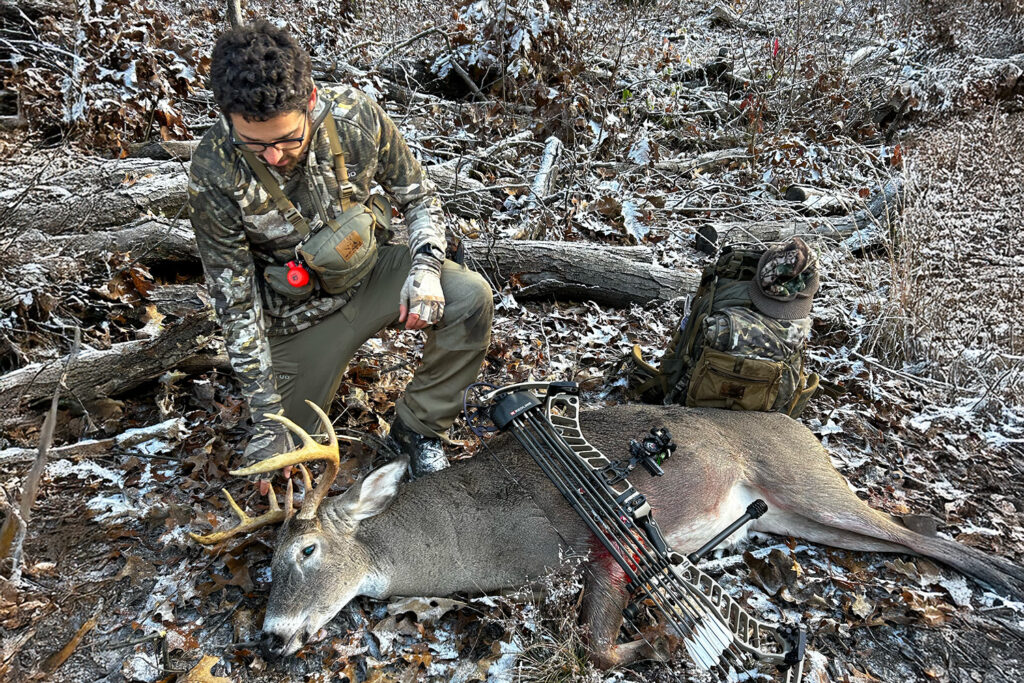I spent several years hunting in one of Michigan’s experimental antler-point-restriction zones, and I’m telling you right now: It changed everything. The first couple years were slow, as the regulations took effect, but by year three and four, I was seeing more mature bucks than I’d ever seen in my life. I had chances at bucks that were bigger and older, and it convinced me these regulations work.
That experimental zone is gone now, but the 12-county APR zone established in 2013 in northwest and north-central Michigan is still going, and it’s working. The zone includes Benzie, Grand Traverse, Leelanau, Manistee, Crawford, Kalkaska, Missaukee, Ogemaw, Oscoda, Roscommon, and Wexford counties.
The rules vary slightly depending on which tag you’re using, but the goal is the same: protect yearling bucks so more survive to become 2.5- and 3.5-year-old deer. Generally speaking, the restriction is three points on one side for the regular kill tag and four points for the restricted tag. This isn’t about growing record-book giants. It’s about shifting the age structure of our deer herd.
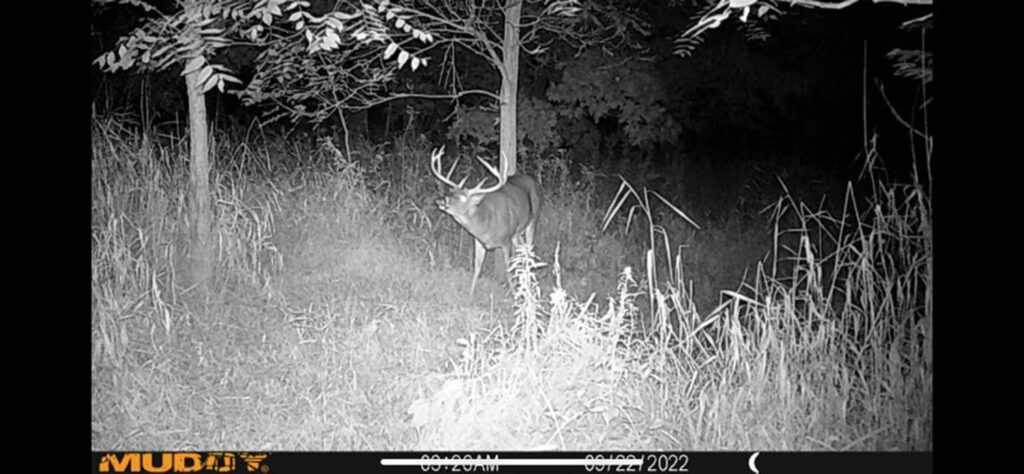
The results have been exactly what biologists predicted. Since 2013, yearling harvests in APR counties have stayed consistently below 30%. In neighboring northern Michigan counties without APRs, yearling harvest rates still run between 44% and 57%. That’s a fundamental shift in how many young bucks make it through their first season.
After five years, the Michigan DNR surveyed hunters in APR counties. More than 70% favored continuing the restrictions. More recent surveys in 2017 showed support jumped to 76%. These Michigan deer hunters live with these rules every November, and they overwhelmingly like what they’re seeing.
Yet every time APRs come up for expansion, the same objections surface.
The loudest complaint is that these restrictions are for trophy hunters. It’s elitist. It takes away opportunity.
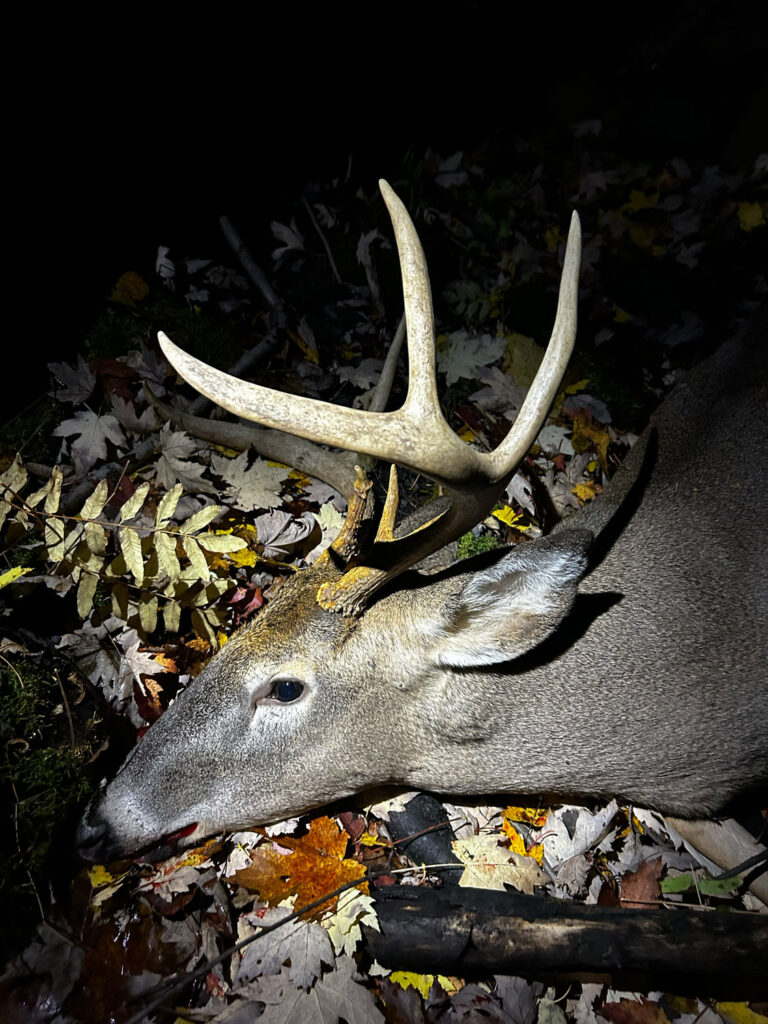
I get that frustration. Nobody likes being told what they can shoot. But APRs aren’t about trophy hunting, they’re about age structure. When you protect yearlings, the entire herd benefits. More bucks survive to breeding age. Genetics improve. The buck-to-doe ratio is balanced. Hunting gets better for everyone.
Pennsylvania proved this. Before 2002, 81% of Pennsylvania’s buck harvest was yearlings. After implementing APRs, yearling mortality dropped from 80% to 31% within three years. The harvest shifted dramatically toward 3.5- and 4.5-year-old bucks. Arkansas saw similar results, with yearling harvest dropping from 49% to 7% after implementing APRs in 1998.
Another objection is that APRs punish kids and new hunters. Michigan addressed this by exempting youth hunters under 16 from APR regulations. That’s a fair compromise.
Some hunters claim APRs protect inferior genetics, arguing that “spikes will always be spikes.” The idea is that spike bucks are genetically inferior and should be culled from the greater herd, not protected. Research has debunked this repeatedly. The vast majority of spikes are simply young deer in poor habitat or with limited nutrition. A yearling spike will almost always develop into a larger-antlered buck if he survives another couple years.
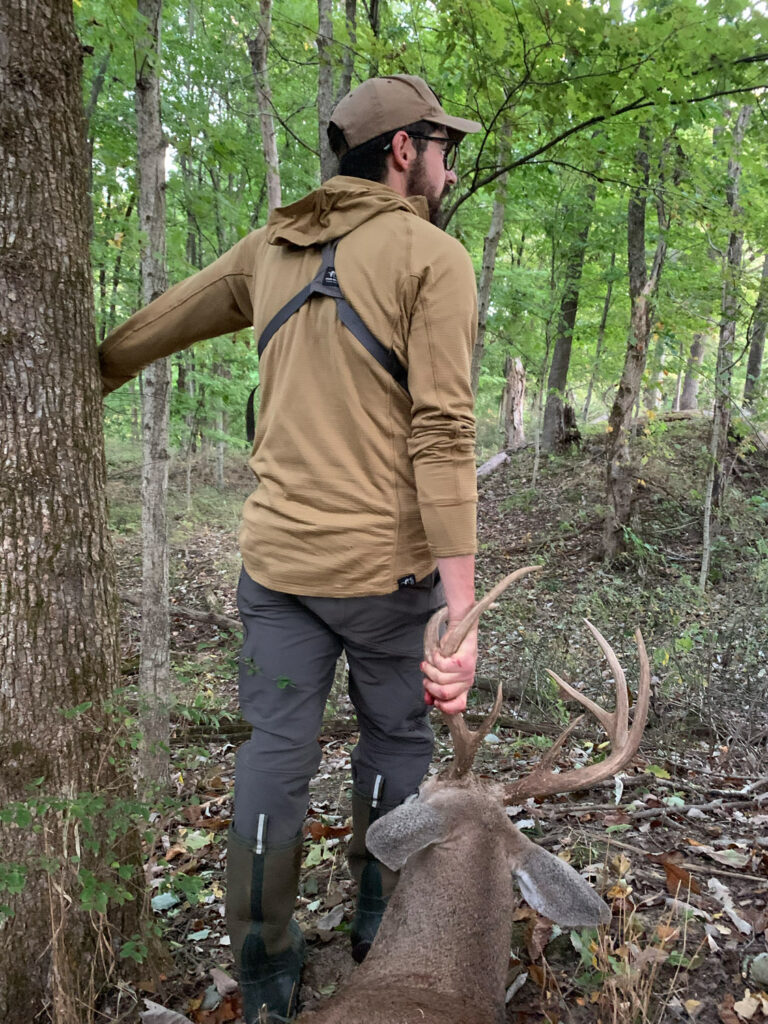
The real concern with APRs is making sure the restrictions actually protect yearlings, without creating unintended problems. In areas with rich soil and abundant food, like southern Michigan’s agricultural belt, yearling bucks can grow impressive racks. Six- and eight-point yearlings aren’t uncommon. A simple point-count rule in those areas can focus hunting pressure on the biggest yearlings instead of protecting them.
Mississippi documented this exact issue. After implementing a four-point rule, average antler size in the 2.5- and 3.5-year age classes declined by 10 total inches over time. The best yearlings were getting shot, leaving only bucks with poorer genetics to mature. Mississippi responded by switching to spread and beam-length requirements in the Delta region. Now bucks must have either a minimum 12-inch inside spread (the distance between the main beams) or a 15-inch main beam length to be legal.
Michigan’s point-count rule works great in northern counties where nutrition is lower and most yearlings are spikes (single unbranched antlers on each side) or forkhorns (two points on each side). But expanding APRs statewide would require regional adjustments. Southern Michigan might need spread or beam-length requirements to avoid spoiling the genetic pool.
Some argue voluntary antler point restrictions accomplish the same goals without mandating compliance. Wisconsin is often held up as proof that voluntary restrictions work. The state has more record-book entries than any other state despite having no mandatory APRs.
But Wisconsin has struggled with deer management in other ways. From 2006 to 2008, they tried an “earn-a-buck” rule requiring hunters to shoot a doe before they could take a buck. It was effective at reducing deer numbers but so unpopular that hunters revolted and lawmakers abolished it in 2011. (Secretly, I’ve always been a fan of the idea.)
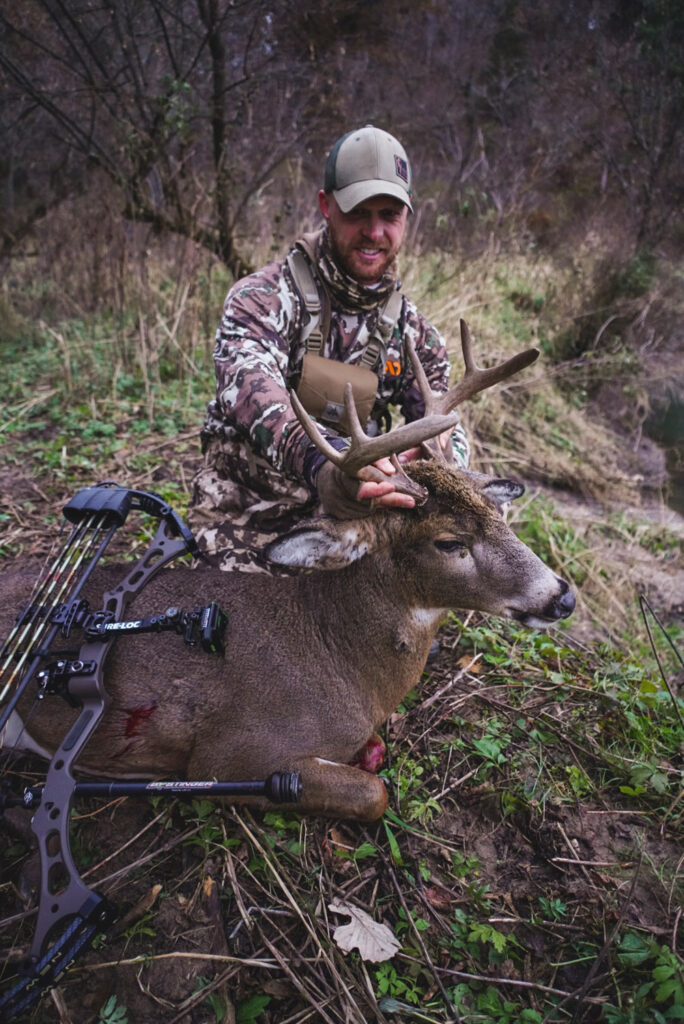
Michigan actually tried APRs in the late 1990s in several areas. Results were positive. Yearling bucks in the harvest declined by 40%, while older bucks increased by 300%. But Michigan had set a policy requiring 66% support to maintain APRs. When support dropped below that threshold, the restrictions were abandoned.
That was a mistake. The data showed APRs worked, but we gave up because we couldn’t reach an arbitrary super-majority threshold. It seemed like we gave feelings priority over science.
Today, only about a quarter of Michigan bucks harvested are three years or older. We remain among the top 10 states for the percentage of yearling bucks killed. But the potential exists to dramatically improve both age structure and buck quality.
The resistance to APRs often comes down to one thing: Hunters hate being told what they can and can’t shoot. I get it. But deer are a shared resource. We all hunt the same herds. APRs ensure we’re managing that resource for everyone’s long-term benefit, not just this season’s harvest numbers. It’s the same reason we have bag limits, season dates, and doe permits.
It’s time to expand APRs statewide with adjustments for regional differences. Let the yearlings walk. They’ll come back bigger.
James Zandstra is an experienced outdoorsman with a passion for the Mitten State. Follow his work on X @TheFairChase1.
